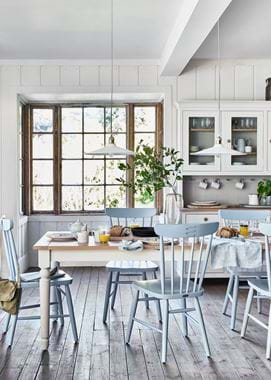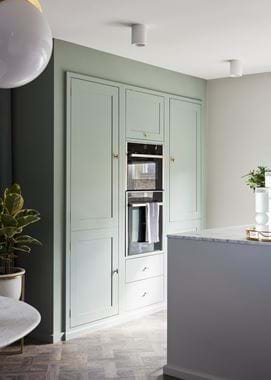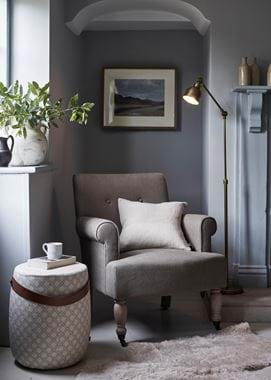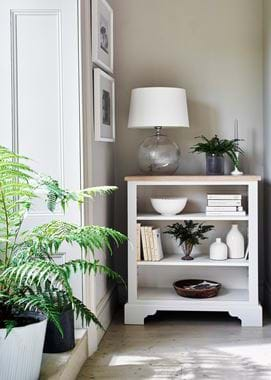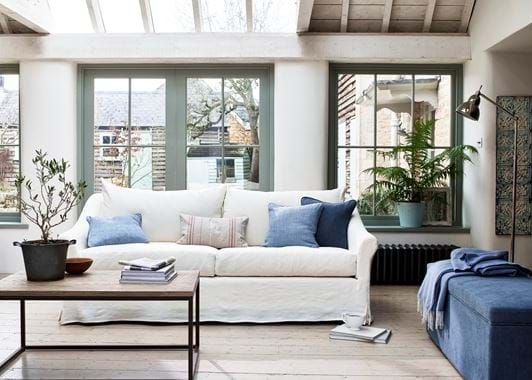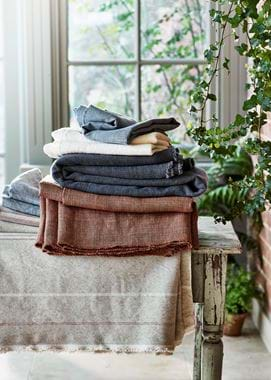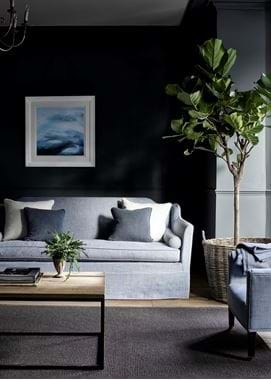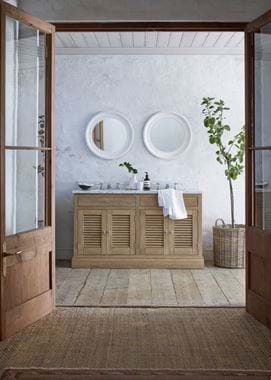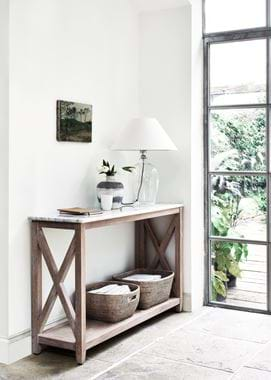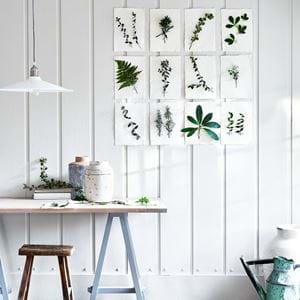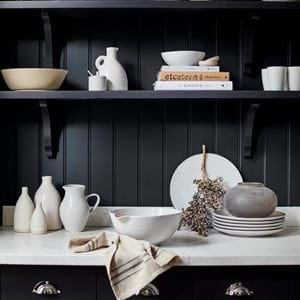Bringing together the three layers of your room: colour, light and texture
Bringing together the three layers of your room: colour, light and texture
Whether it’s your sitting room or your kitchen, your bedroom or your bathroom, decorating your home needs to consider three layers that, when gathered together, result in a room design that’s rich and textural. Colour to give each space personality, light to enhance the ambience throughout the day, and texture to excite the senses.
Colour
Dark colours alone don’t equate to depth in your room. Colours neutral and pale, dark and brooding, and all of those in-between will add to a room’s atmosphere and character. Colour allows you to express personality, and to shift mood in a similar way to what we choose to wear does. But colour alone can’t make a room lighter. It’s a common misconception that using a bright white or calming neutral will lighten your space. A room with little natural light painted in white will only appear murky. This is where colour’s relationship with light comes to the fore.
Light
Above all else, light is the layer in interior design that’s about function. Light is a need whereas colour and texture are wants, but it’s not as simple a just making sure there’s enough light to read (or do anything else) by.
Harnessing light’s decorative side is one of the most transformative effects that you can have on your room. Pendants become a focal point, recessed ceiling lights done right can mimic nature’s dappled shades, downcast wall lights can highlight architectural features or provide a gentle level of light without taking up much space, table lamps let the light diffuse softly through the shade, and floor lamps create discreet puddles in a room’s corner or over the edge of a sofa. Dimmers give you the power to produce bright beams or pockets of shaded light, and warm white bulbs are the most comfortable to live with.
Not forgetting the beautifully incidental effect that natural light has on your room. It casts shadows that become almost decorative, it changes the way that a colour appears on your walls as the day progresses, and importantly, it can completely dictate ambiance, taking it from lively to lulling in a matter of hours. Understanding how, where and when natural light fills your room is therefore a crucial part of interior design. The key is to develop a lighting plan that’s sympathetic to it, with artificial light that supports what natural light is available and that creates the mood you have in mind when light levels drop or when the sun has set.
Texture
In interior design, texture refers to anything that stops a scheme from feeling flat or one-dimensional. Colour and light are creators of texture in a room all by themselves, but we more commonly associate textiles with providing texture. Additionally, materials that have a rougher look and whose texture is felt on sight as much as on touch are another way to bring texture into a space, such as jute or wool rugs and woven rattan baskets. Much like how light needs shade to shine its brightest, textures in a room need to contrast too. When rough meets smooth, you’re able to appreciate each texture in its own right more fully. Take this first kitchen table scheme pictured. If all of the textures were smooth, there would be no point of difference. It’s the combination of weathered wooden floorboards and original windows with aged frames against the smooth painted finish of the table and chairs and the gloss of the tableware against the delicate crumple of linen napkins that builds a more bountiful display of texture.
Layer upon layer
The three layers of room design all overlap. Light affects colour, colour and light create texture, textures can add colour, and different textures absorb and reflect light differently. The layers are meant to be woven through. Room design is about weaving the threads to create one, combined, cohesive scheme.
On top of this, each of your room’s three layers have layers in themselves. It’s important to approach decorating your rooms with this in mind. One shade of blue, one light source and one or two contrasting textures do not a room make. Multiple shades and tones combine to create a colour palette; various light fixtures at different levels, on dimmers and even on different circuits come together to form your lighting plan; and a handful of textures that complement and contrast with one another and repeat throughout your home promise you a scheme that’s as arresting as you deserve.
If you’d like a helping hand in combining colour, light and texture in your room, why not book a consultation with one of our in-store home designers?

